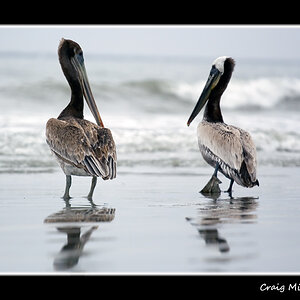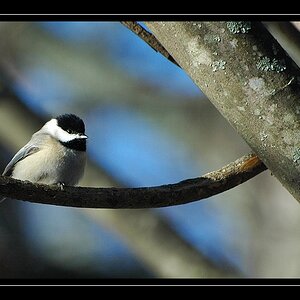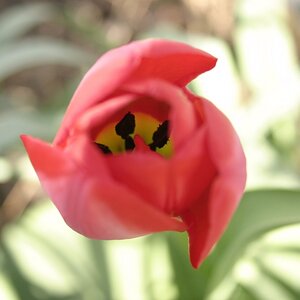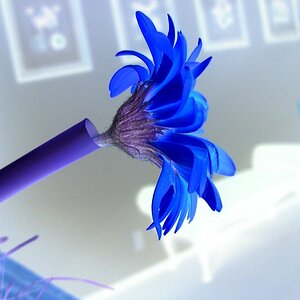Rekd
TPF Noob!
- Joined
- Aug 13, 2009
- Messages
- 1,272
- Reaction score
- 52
- Location
- Rural America
- Website
- amusingscribe.com
- Can others edit my Photos
- Photos OK to edit
I have an old Canon EF 70-210mm f/4.0 Macro lens (push-pull) that I may be retiring. I recently bought a 70-200mm f/2.8 L IS II so don't need the older 70-210, except it's a Macro lens.
I'm not sure what the Macro switch does, and I doubt it will be anything better than I can do with the new L, but I'm curious what that switch does (physcally) to make the lens better at macros.
TYIA.
I'm not sure what the Macro switch does, and I doubt it will be anything better than I can do with the new L, but I'm curious what that switch does (physcally) to make the lens better at macros.
TYIA.










